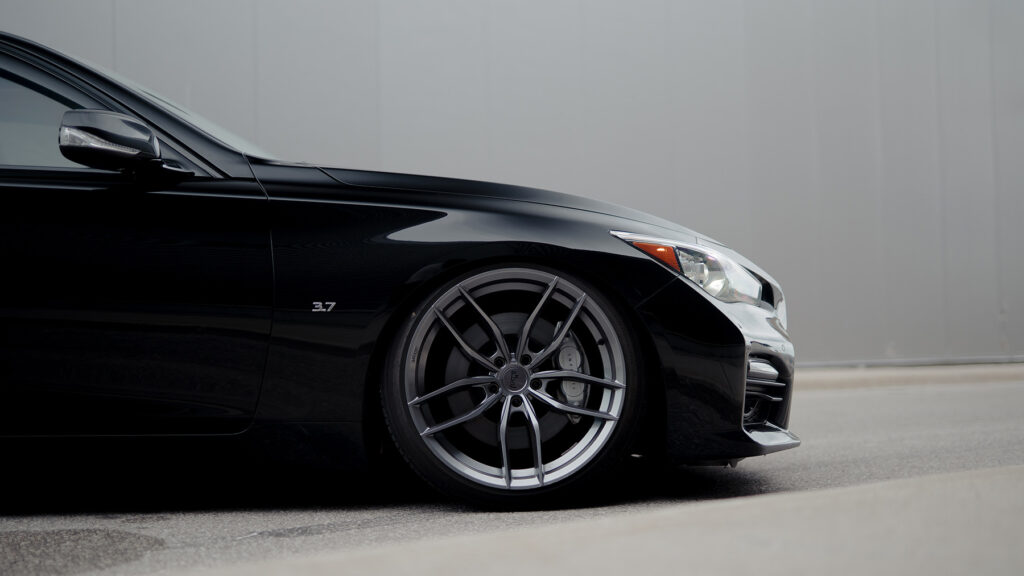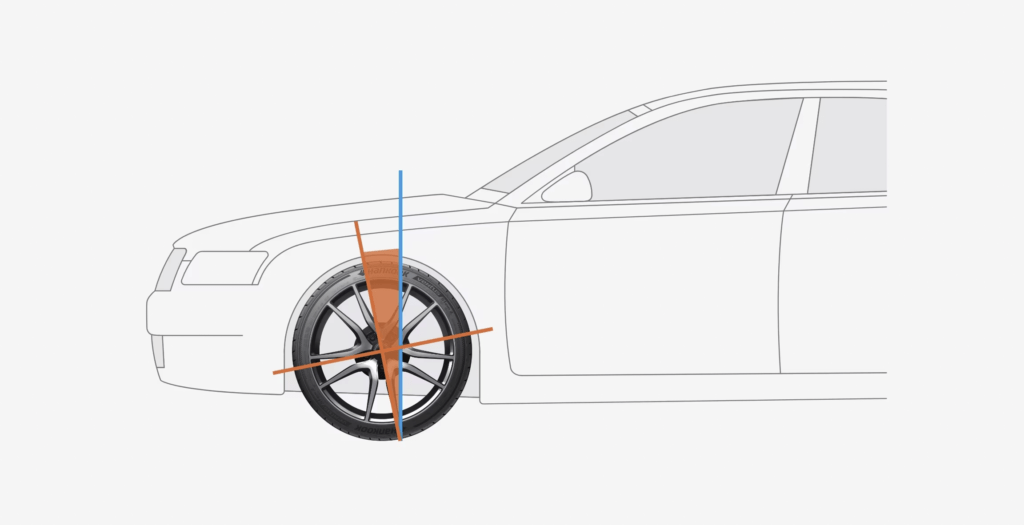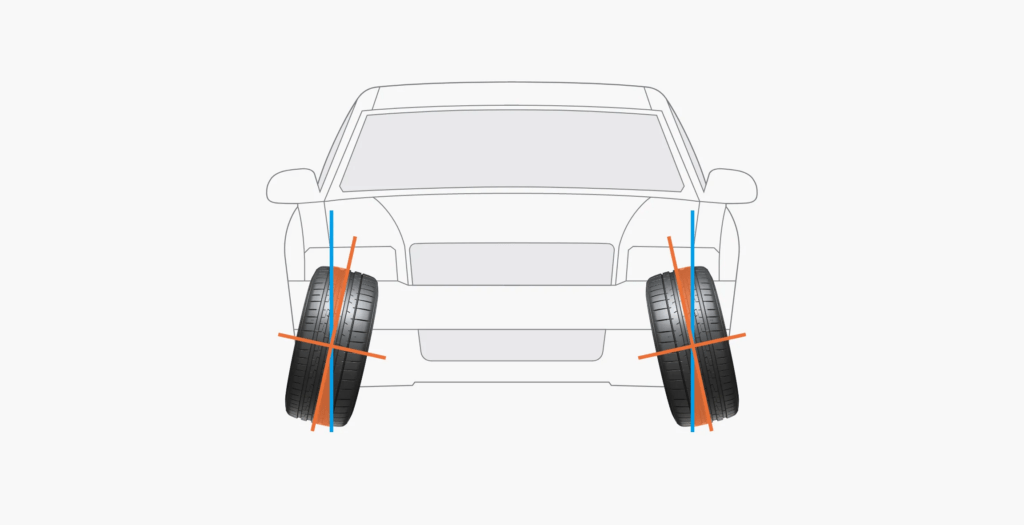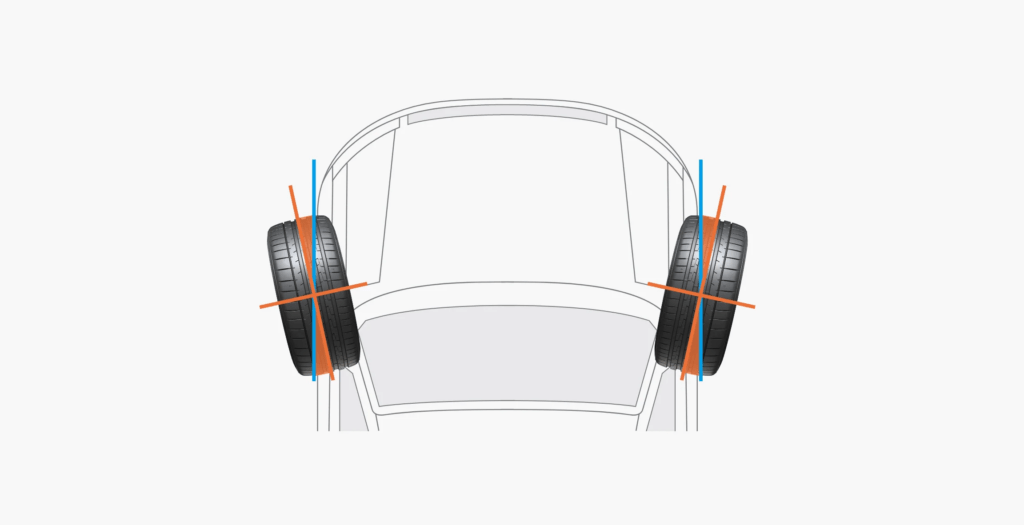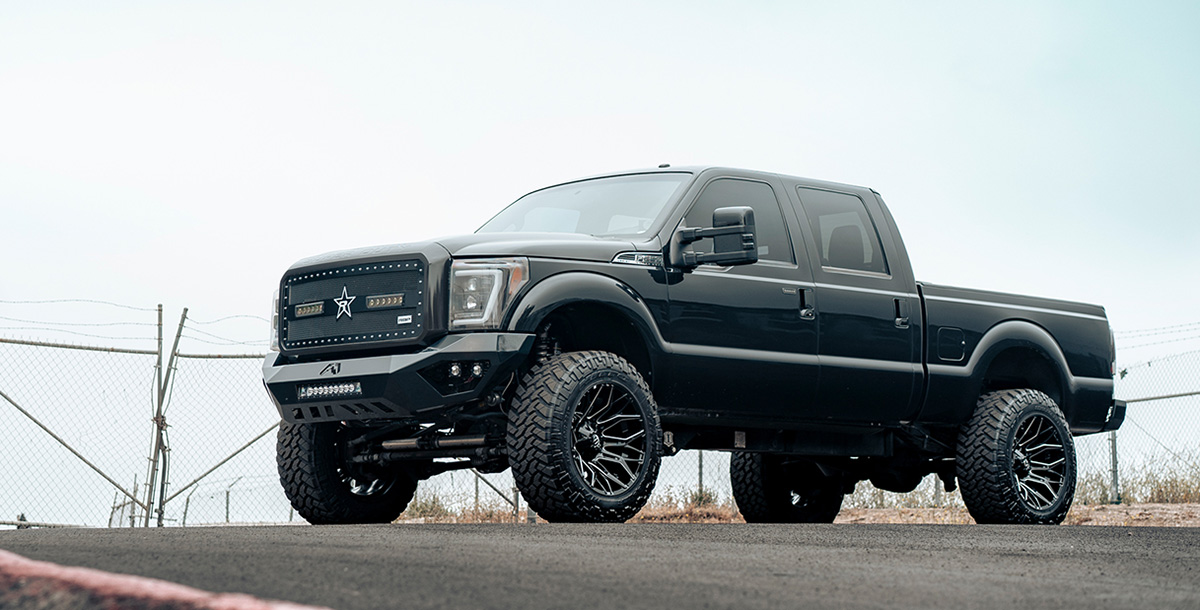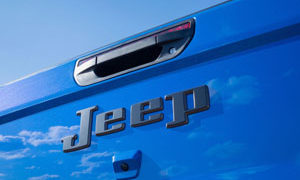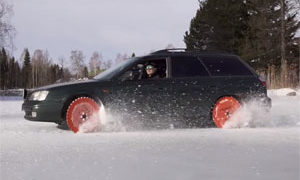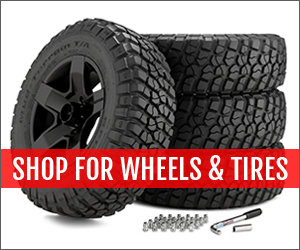Most reputable companies that sell new car wheels and tires packages offer free mounting and balancing. This is true at WheelHero, so that when your new car wheels and tires arrive, all you need to do is bolt them on and go. Or is that all that’s necessary? Do you also need to get an alignment when you get new wheels?
Like everything automotive, the answer is tricky. It just depends on what you are doing. In most cases you are fine, but in some cases, you will need to get an alignment. To understand if you need an alignment if you get new wheels, you’ve got to understand what happens when you align your wheels and tires. It’s all about the caster, camber, and toe-in.
Caster on Car and Truck Wheels
When you turn your steering wheel, the steering pivot translates that action to a turn of the wheel. Wheel caster refers to the angle of that steering pivot. Caster has everything in the world to do with how your car or truck steers and handles.
If the pivot leans back towards the rear of the car, that is a positive caster. When the top of the pivot leans towards the front of the car, that is a negative caster. If you drive down a straight road and take your hands off the wheel (not that we recommend driving without your hands on the steering wheel) and the car or truck continues completely straight, your caster is in alignment. If the vehicle pulls to one side or the other, then the caster must be adjusted.
Wheel Camber on Cars and Trucks
Camber refers to the inward or outward tilt of the wheel and tire assembly on your car or truck. When you stand in front of the vehicle, you should see that the wheels and tires either slightly tilt inward or outward or are completely vertical with no tilt. Congratulations! You just identified the wheel camber.
A positive camber tilts the wheel out away from the car or truck. A negative camber tilts the wheel inwards. Neutral or no camber means there is no tilt.
Why does this matter? Well, if you love spending money on tires frequently, it doesn’t matter. But if you want your tires to wear evenly and your ride to perform as designed, the right camber is important. Every manufacturer specifies the proper camber for the wheel and tire assembly for each vehicle. Stray from the specs and your cornering performance and tire life suffer.
Wheel Toe
This is the easiest wheel alignment concept to grasp, but don’t confuse it with camber. Toe-in refers to the distance between the front of the front tires.
If the distance between the top of the tires is greater than the distance between the bottom of those same tires, you have toe-out. Conversely, if the distance between the top of the tires is less than the distance between the bottom of the tires, you have toe-in. If the distance is equal, then there is no toe.
Why does this matter? Well to get the best gas mileage (and that’s always important) you need to control friction. When the toe is at the manufacturer’s specs, the wheel and tire assembly rolls with the least friction, and all wheels are heading in the same direction.
What Does This Have to Do with New Car Wheels?
If you replace your existing car wheels with exact OEM replicas, you really haven’t changed anything, and your suspension is fine. Wheel aligning isn’t about the wheels, it is about the suspension. But who is going to buy a new set of wheels that are exactly like OEM? The whole idea of aftermarket wheels is to spice up the look and/or performance of your vehicle.
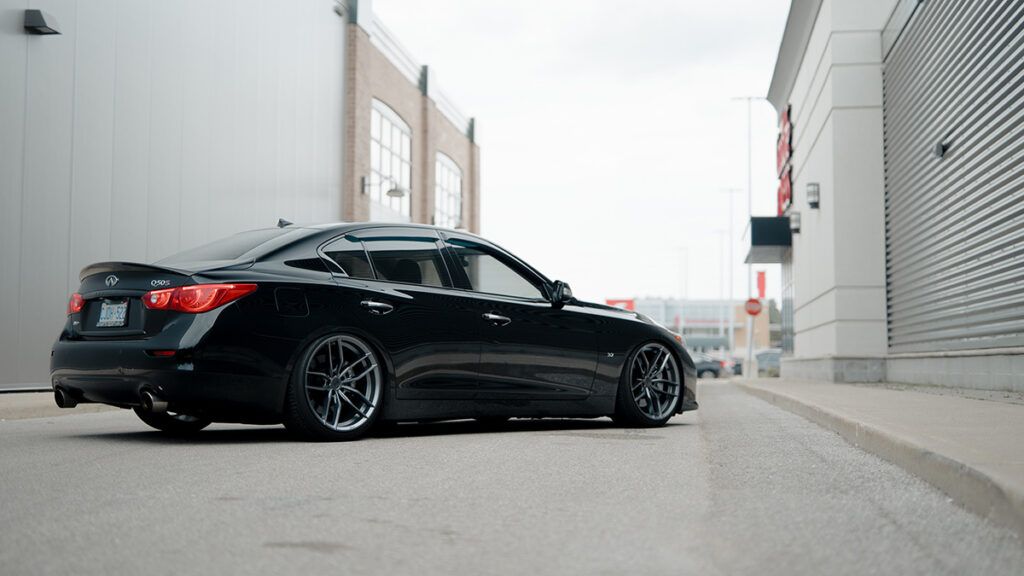
Niche M204 Vosso Matte Gunmetal on Infiniti Q50S
Same Size Aftermarket Wheels
If you buy new car wheels and tires the exact same size as your existing OEM equipment you should not need to get an alignment. For example, you drive a Ford Bronco and are ready for much better wheels than you have. Upgrade to the Moto Metal MO970 18×9 and you’ve got it made. The only way you would need an alignment is if your existing wheels and tires were already out of alignment.
Upsized Aftermarket Wheels and Tires
What about if you decided to go big? If you upsize your wheels and tires properly, you shouldn’t have a problem.

Black Rhino Abrams Green on Jeep Gladiator
Remember, when you upsize your wheels, you must reduce the standing size of the tire sidewall to maintain the same overall diameter. If you upsize your wheels without adjusting the size of your tires, not only will the alignment be off, your speedometer accuracy and overall performance will suffer.
New Car Wheels and New Wheel Offsets
If you get new car wheels and you make big changes to your offset, you may need an alignment. But honestly, if you are making big changes to your offset, it’s because you are making big changes to the suspension. And anytime you make big changes to the suspension, you’ve got to confirm alignment.
So, shop away for those new wheels and tires. Unless you upsize improperly or make big changes to the offset, there is no need to worry about getting an alignment.

